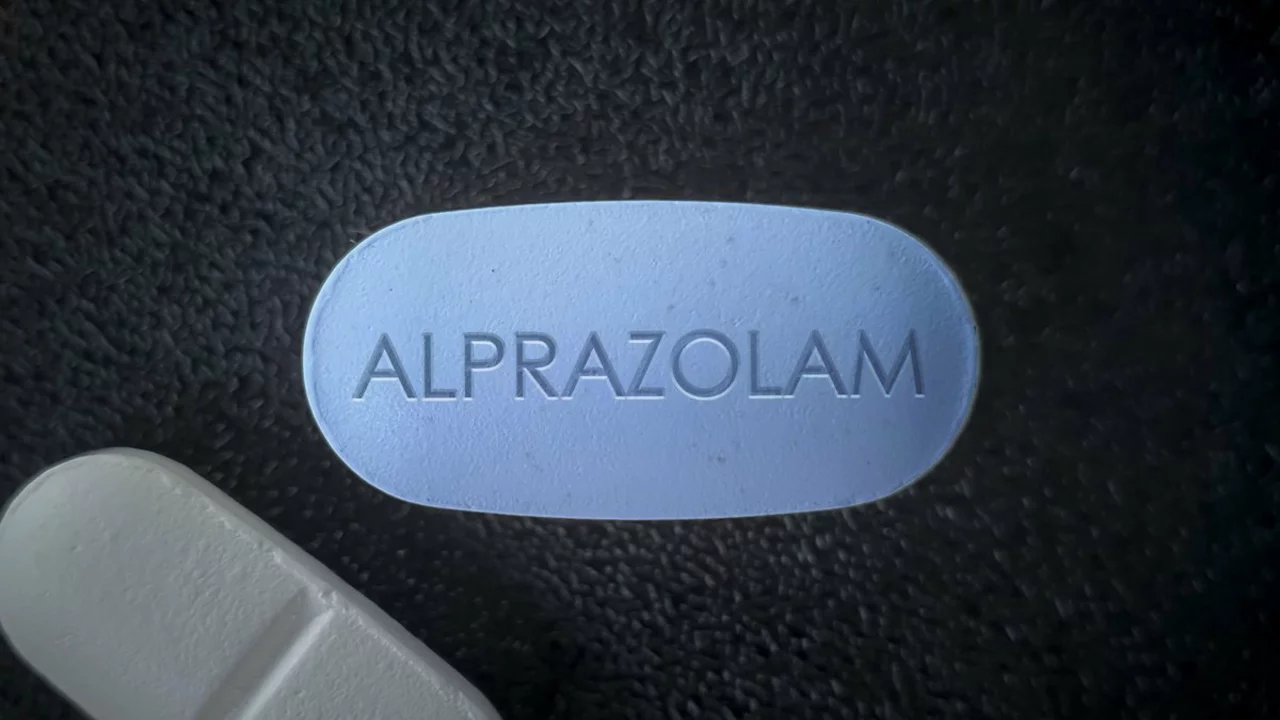Signs and Symptoms: How to Spot Health Problems Early
A little ache or short-lived cough often means nothing. But some signs and symptoms point to something that needs attention right away. Knowing the difference and acting fast can change outcomes — for example, catching a serious infection early or getting help for a stroke.
First, understand the basics. A symptom is what you feel: pain, nausea, dizziness. A sign is what others or tests can see: a rash, a fever, low blood pressure. Both matter. Your description of symptoms helps a clinician connect the dots to visible signs and test results.
Common warning signs you shouldn't ignore
Here are clear red flags that usually mean you should get medical help fast:
- Chest pain, pressure, or heavy squeezing that spreads to the arm, jaw, or back — call emergency services.
- Sudden weakness, numbness, trouble speaking, or face drooping — possible stroke; act fast.
- Severe shortness of breath, especially at rest, or sudden breathing trouble.
- High fever above about 39°C (102°F) in adults, or any high fever in infants — get evaluated.
- Sudden, severe headache unlike any before, or loss of consciousness.
- Signs of a severe allergic reaction: swelling of face or throat, hives, trouble breathing.
- Heavy uncontrolled bleeding, deep wounds, or signs of severe infection (rapid swelling, spreading redness, pus).
For chronic problems, seek care when symptoms are new, getting worse, or stop responding to usual treatments. For example, new or worsening chest palpitations, fainting spells, or a persistent cough lasting more than two weeks deserve a checkup.
How to track symptoms so you get better care
A simple log makes a big difference when you talk to a clinician. Note dates and times, how the symptom started, what makes it better or worse, how strong it is (scale 1–10), any medicines you tried, and related events (food, travel, stress). Take photos of rashes or swelling and save them with dates.
If you use a phone, a notes app or a basic symptom tracker works fine. Bring the log to appointments or share it with telehealth clinicians. Clear details speed diagnosis and cut down on tests.
When you’re unsure, use trusted quick options: call your pharmacy for minor advice, a nurse triage line, or a telehealth visit. If you have severe red flags, don’t wait — go to the emergency room or call emergency services. Your gut matters: if something feels seriously off, get care.
Spotting signs early and documenting symptoms keeps you in control. Small steps — tracking, photos, clear notes — help clinicians help you faster. If you want, start a simple log today and keep it handy for your next health visit.
Pantoprazole Overdose: Signs, Symptoms, and What to Do
Hey there guys and gals! So, let's chat for a bit about this wild ride called pantoprazole overdose. If you're not familiar, pantoprazole is a medication that helps your stomach behave, but too much of a good thing, right? Overdosing can lead to a real party of symptoms - think confusion, irregular heartbeat, blurred vision. If you find yourself in this pickle, don't panic! Dial 911 or poison control, because they love to help out in these situations. Stay safe and remember, even stomach meds aren't candy!
More
